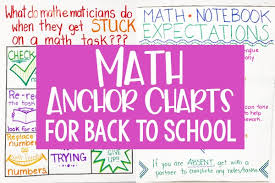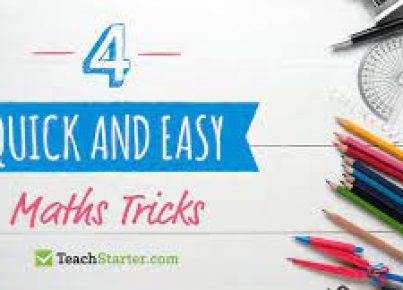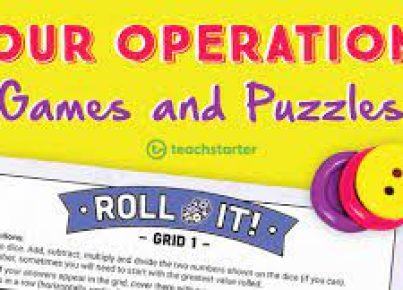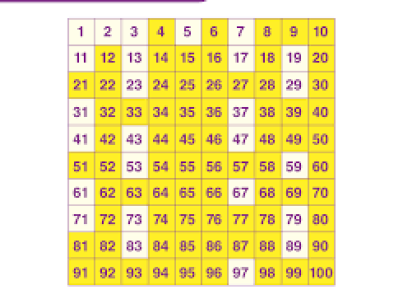Math anchor charts are essential tools in any mathematics classroom. They serve as visual references that support instruction and help students remember concepts and strategies. Here are some math anchor chart ideas that you’ll want to incorporate into your teaching right now:
1. Place Value Charts – Create a colorful chart that breaks down numbers into ones, tens, hundreds, etc. Use different colors or shapes for each place value to make the chart visually engaging.
2. Multiplication Tables – A classic anchor chart that never goes out of style. Instead of a simple grid, add tips for remembering tricky facts or patterns that students can look for.
3. Fraction Equivalence – Craft a chart showing equivalent fractions and their conversion into decimals and percentages. Use pie charts or bar models to visually represent these equivalences.
4. Mathematical Mindset – Sometimes students need a reminder about the importance of perseverance in math. A growth mindset chart with motivational quotes and strategies for overcoming challenges can be a great encouragement.
5. Geometry Formulas – Dedicate a chart to different geometric shapes with their area and perimeter formulas. Include visuals of each shape next to the respective formula.
6. Order of Operations – A must-have in every math classroom! Present the PEMDAS/BODMAS rule creatively, using catchy phrases or a step-by-step breakdown.
7. Number Lines – Whether it’s for addition, subtraction, or understanding negative numbers and fractions, number lines can be a powerful visual tool in math teaching.
8. Word Problem Strategies – Help students tackle word problems with a strategy chart: underline the question, circle key numbers, box math action words, etc.
9. Measurement Conversions – A well-organized chart displaying various units of measurement and how to convert between them is an invaluable resource during measurement units.
10. Properties of Operations – Create an anchor chart detailing properties like commutative, associative, distributive, etc., using examples to clarify each property.
Incorporating any of these anchor charts into your classroom will provide your students with visual reminders and support as they navigate through their mathematical learning journey.





